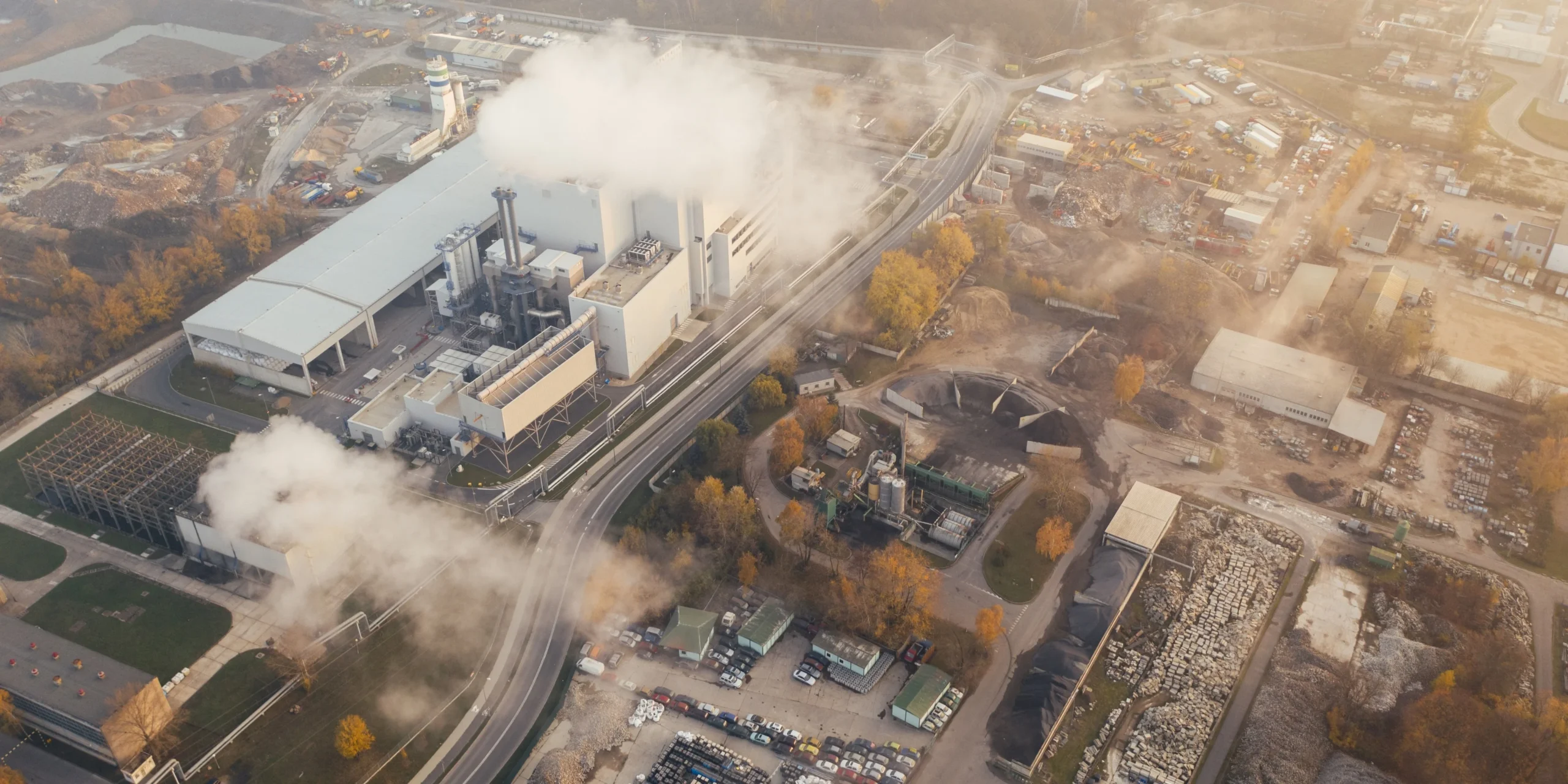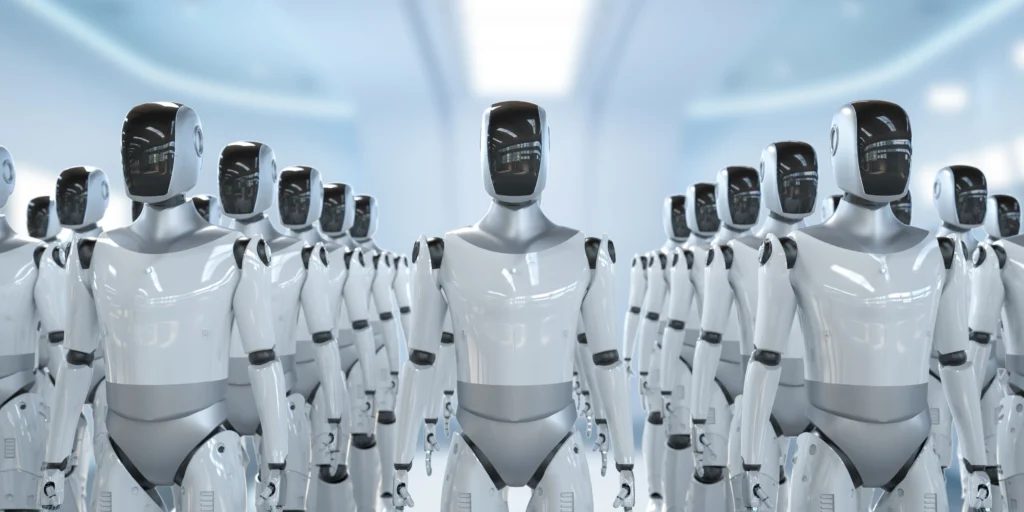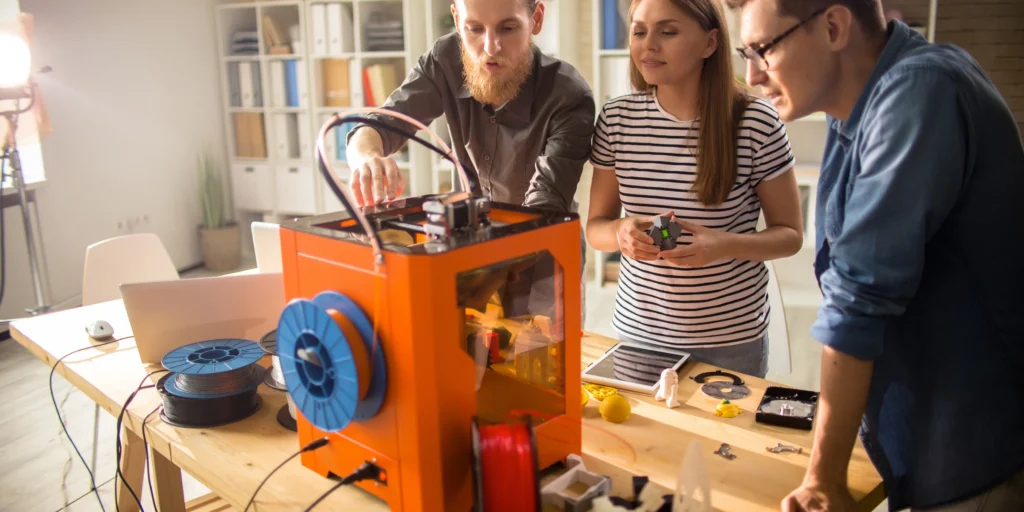The Big Picture
Manufacturing has always been a driver of progress – from steam engines to assembly lines. Today, the sector is undergoing another seismic shift under the banner of Industry 4.0, where AI, robotics, IoT sensors, and data analytics come together to create smart factories. These facilities don’t just make products faster – they learn, adapt, and optimize in real time.
The transformation is so profound that the World Economic Forum (WEF) calls smart factories “the backbone of the fourth industrial revolution.”
Applications
Smart factories are already reshaping production around the world:
- Predictive Maintenance: Machines equipped with IoT sensors flag issues before breakdowns, reducing downtime by up to 30% (Deloitte, 2024).
- Robotics & Automation: Collaborative robots (cobots) work safely alongside humans, boosting productivity and handling repetitive tasks.
- Digital Twins: Virtual replicas of machines and processes allow engineers to simulate performance, test changes, and prevent costly errors.
- Supply Chain Visibility: Real-time tracking of parts and materials ensures smoother logistics and fewer shortages.
- Sustainability: Smart energy systems cut emissions and waste – Siemens reports that connected factories reduce energy use by 15–20%.
Benefits
The advantages of Industry 4.0 extend across multiple dimensions:
- Efficiency Gains: Automated systems run 24/7 with fewer errors.
- Cost Savings: Predictive maintenance and optimized workflows reduce operating costs.
- Flexibility: Production lines can shift quickly to new products or demand levels.
- Sustainability: Smart factories support greener manufacturing through data-driven energy management.
- Safety: Robotics and sensors reduce workplace accidents.
According to Capgemini, smart factories could add $2 trillion to the global economy by 2030.
Challenges & Ethics
The road to widespread adoption isn’t without obstacles:
- Workforce Transition: As machines take on repetitive work, reskilling programs are vital to prepare workers for advanced technical roles.
- Cybersecurity Risks: Increased connectivity means greater vulnerability to cyberattacks.
- Capital Costs: Upfront investment in robotics and digital systems remains a barrier for many manufacturers.
- Data Governance: With massive amounts of production data collected, companies must navigate privacy, ownership, and ethical use.
Outlook
By 2030, the majority of large manufacturers are expected to adopt Industry 4.0 practices. The International Data Corporation (IDC) projects that 70% of global manufacturers will operate fully connected smart factories by 2028.
Smart factories aren’t just about automation – they represent a fusion of human ingenuity and machine intelligence, reshaping global supply chains and creating new standards for efficiency, safety, and sustainability.
Practical Takeaways
- Industry 4.0 is redefining manufacturing with AI, IoT, and robotics.
- Smart factories promise higher efficiency, lower costs, and greener operations.
- Risks include cyber threats, high capital requirements, and worker displacement.
- By 2028, most major manufacturers will be running connected smart facilities.
Sources
- Deloitte (2024) – Predictive Maintenance in Smart Manufacturing.
- Siemens (2024) – Energy Efficiency in Digital Factories.
- Capgemini Research Institute (2023) – Smart Factories @ Scale.
- IDC (2024) – Industry 4.0 Market Outlook.
- WEF (2023) – The Future of Manufacturing and Supply Chains.








Leave a Reply